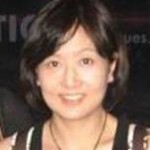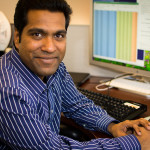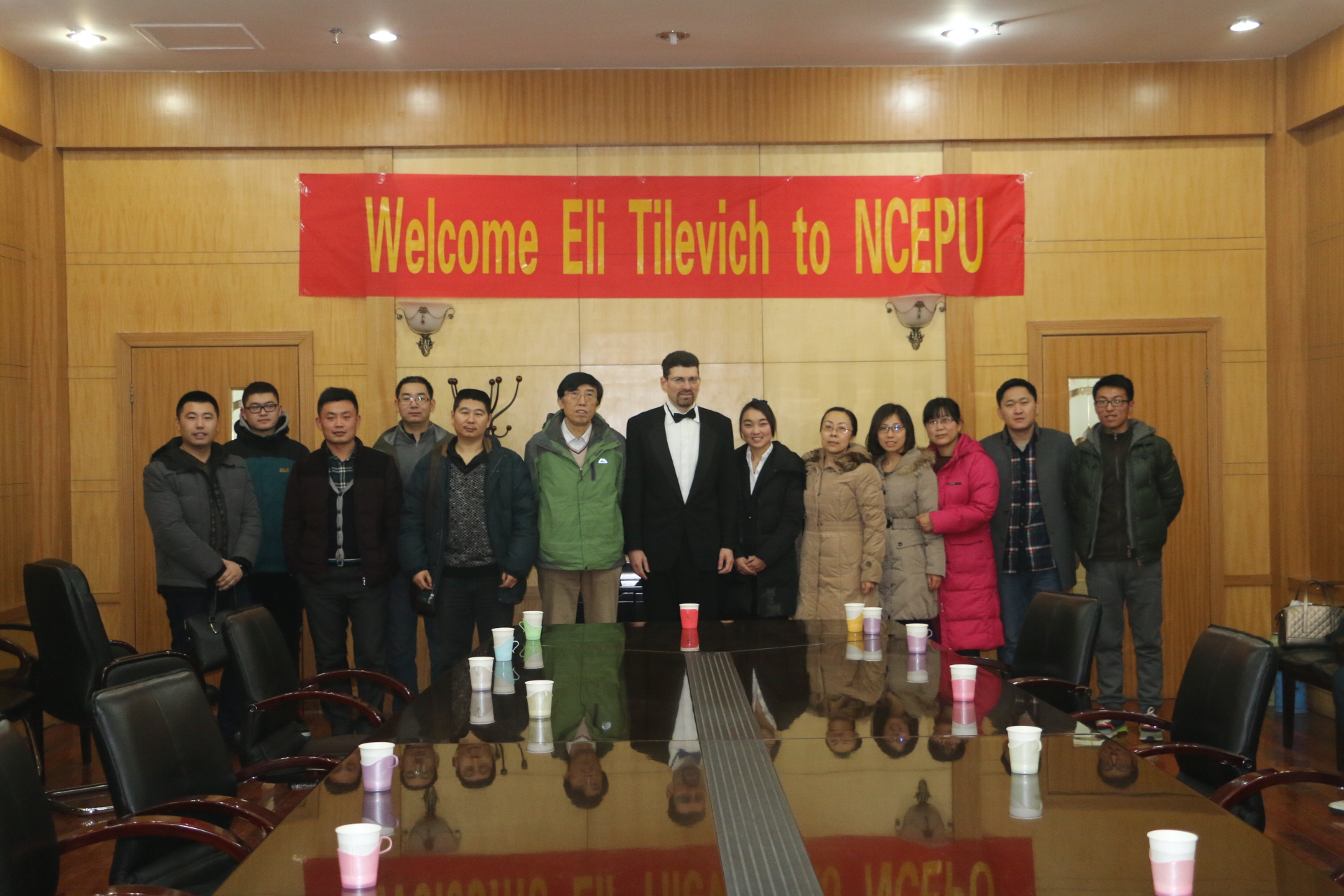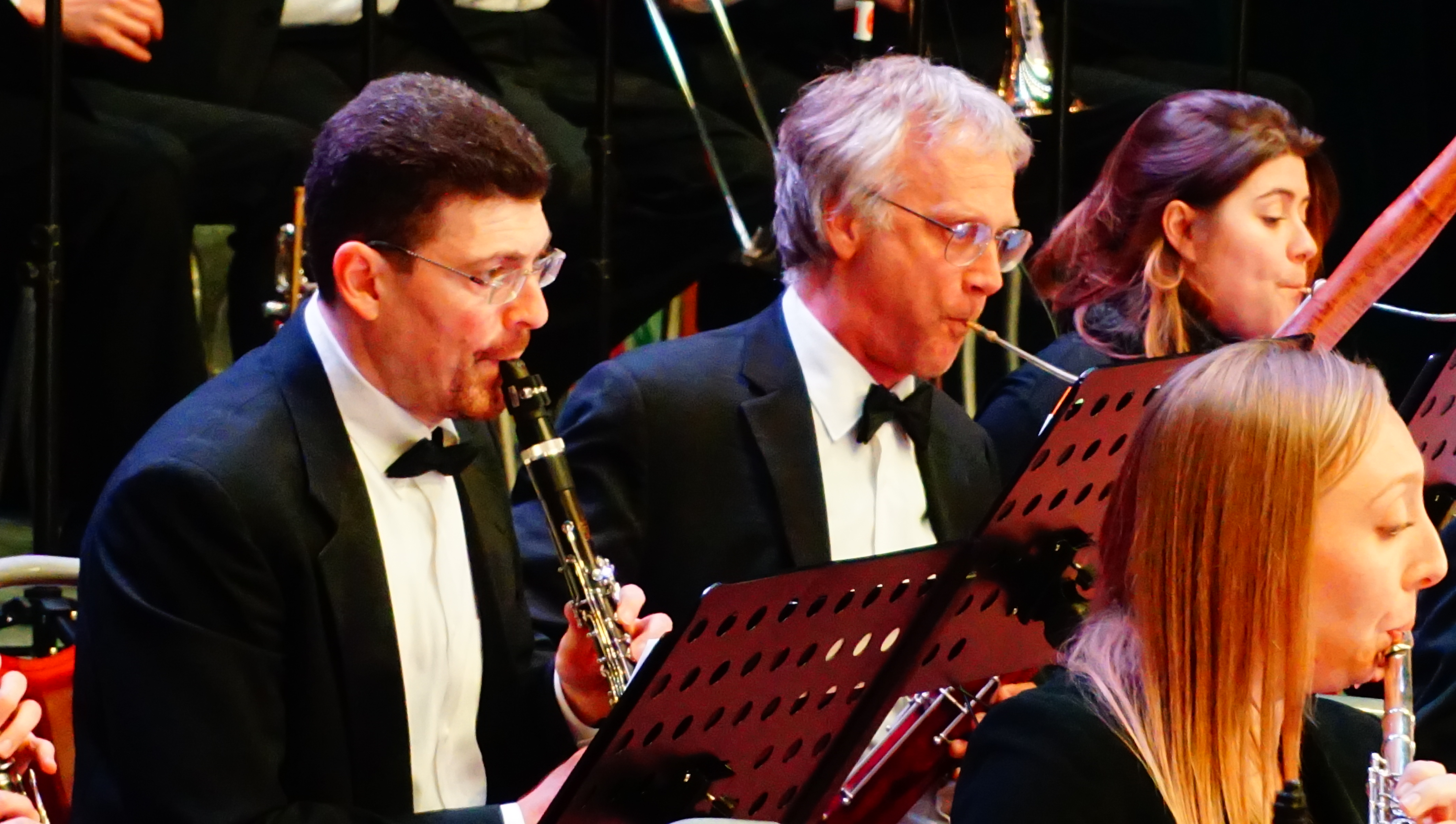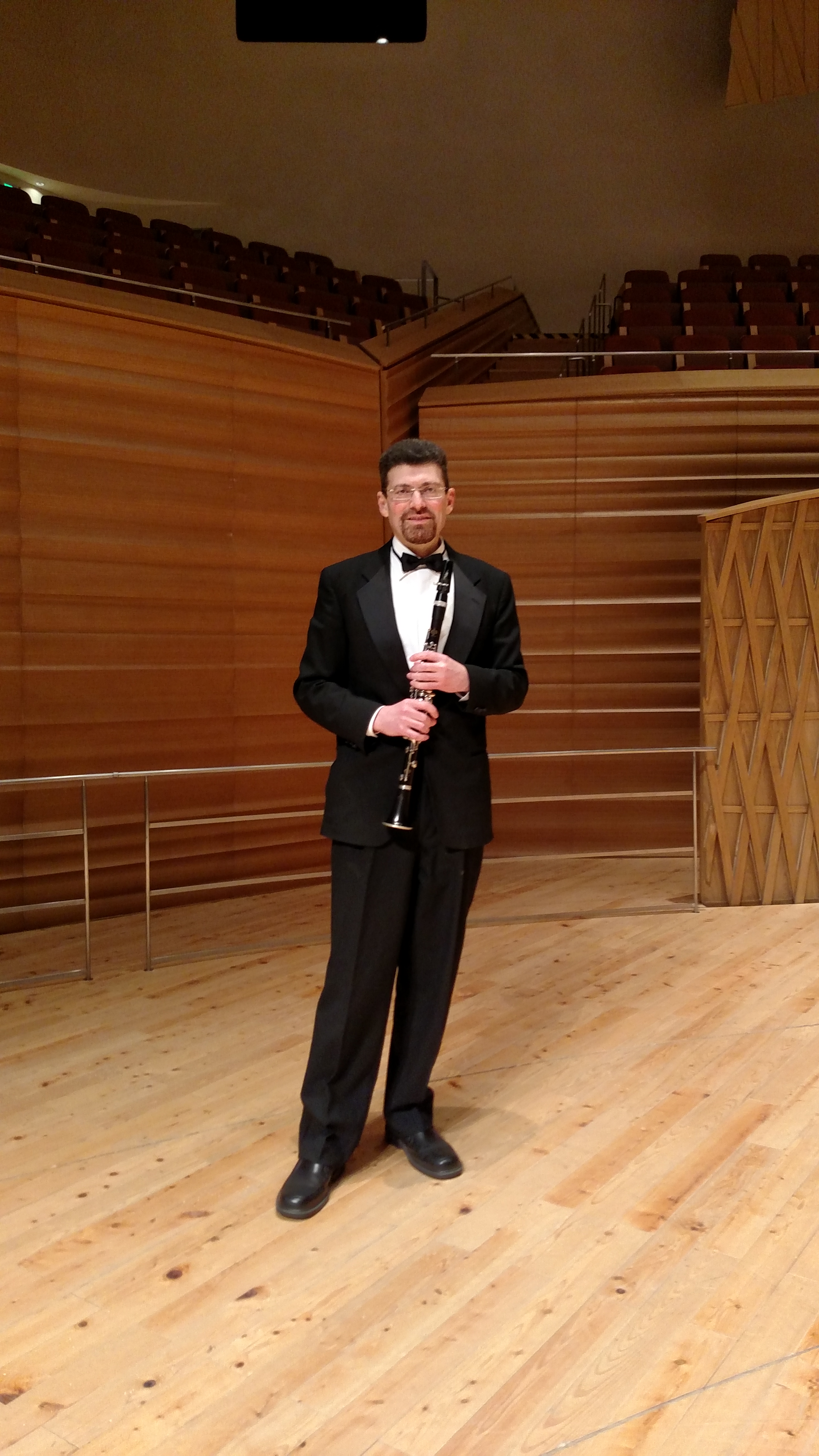Layne T. Watson
Departments of Computer Science, Mathematics, and Aerospace and Ocean Engineering
As the current senior member of the department, regarded with bemusement by the new young faculty (“I heard he writes programs in FORTRAN?”), and dismissed by the newly anointed full professors (“I know he says this was tried and abandoned by the department 20 years ago, but I’m sure it will work this time.”), I get to write essays like this one on the changes in the department and the world of computing.
I joined VPI&SU in 1978, having served on the mathematics department faculties at Michigan and Michigan State. I was hired to teach numerical analysis and bring “rigor” to the department (to the great dismay of the thousands of students who would rather not have been bothered with proofs of anything, including correctness). I was thrilled to join a friendly, welcoming department, as numerical analysis was considered by mathematics departments as not “real mathematics” and by computer science departments as “too mathematical”. In the 1960s Michigan was the number one ranked overall university in the U.S., although this place out west called Berkeley was reportedly buying its way to the top. An indication of the no-man’s land in which numerical analysis found itself was that my advisor (who later went on to create MATLAB), was not retained by one of these top “pure” mathematics departments.
At VPI&SU, I had the good fortune to be mentored by Roger Ehrich, Donald Allison (later our department head), George Gorsline (the department founder, and the ultimate friend of the undergraduates), and Ali Nayfeh (a University Distinguished Professor, Department of Engineering Science and Mechanics, College of Engineering—CS was in the College of Arts and Sciences then). The department did a marvelous job of mentoring, nurturing, and encouraging its young faculty, and continues to do so to this day. A truly unique aspect of the university then, and still true today, was the interdisciplinary collaborative nature of the faculty. At one time I had joint published work with almost every member of CS, and an even greater number of people outside the department and even outside the college. In the 1970s and 1980s promotion depended on research, but faculty raises depended on student teaching evaluations, a not entirely logical situation,
but it was what it was. Suffice it to say that current criteria for promotion and salary raises are more rational.
One of the first computers I worked on in the 1960s was a RPC 4000, which had a revolving drum memory of exactly 8192 32-bit words and hardware base 2 integer arithmetic; this was considered significant at the time, because the contemporary IBM 1620 had exactly 20,000 memory locations each of which held a single decimal digit, and all (decimal) arithmetic was done in software. The RPC 4000 was programmed in machine language, and besides program correctness, the programmer had to optimize the placement of the instructions on the revolving drum so as to minimize rotational latency. (This was probably the seed of my interest in optimization.) The input/output medium was paper tape (the chad from the punch holes in colored tape was fantastic wedding confetti!)—each of the employees where I worked dropped a 100 ft. roll of paper tape (imagine what the snarled line from a fishing rod looks like, and think 1 in. wide paper tape) exactly once, and never again! I was involved in the construction of a compiler for an accounting language called ABLE (Account Balance and Ledger Entry), and we did the entire payroll and taxes
for companies with over 1000 employees on that 8K system—when I tell students today what can be done with 8K, they simply don’t believe me! This feat was repeated (with me as lead designer) for the IBM System 3 (a system with 96 column punched cards and BCD integer arithmetic), producing a compiler for an accounting language called PROFIT (Periodic Reporting Of Financial
Input Transactions). Punched cards (I still have boxes of programs on cards in my office) soon replaced paper tape as the input/output medium, and the IBM 360 here at VPI&SU in 1978 was a card based system. Also by that time magnetic tape secondary storage was available, as well as “hard” disk drives.
In the late 1960s and early 1970s I was fortunate to use the Michigan Terminal System (MTS, a time sharing interactive OS, every bit as good as UNIX, in my opinion) and the Merit Network (a precursor of ARPAnet) connecting Michigan universities and research laboratories. The fundamental principle behind the MTS user interface is the “principle of least surprise” —command and option names, and functionality should be what you would guess. This principle is apparently unknown to most app authors and Web form designers now!
In the 1970s and 1980s the CS undergraduate experience at VPI&SU was totally different that it is today. There was an (input) card reader, card punch machines, and (output) printer on the first floor of McBryde for running batch jobs overnight on the 360, and on the day before an assignment was due, the entire hallway floor of the first floor of McBryde was lined with student
bodies waiting for a card punch, debugging, or sleeping. (Former students at the department’s 40th anniversary reunion said friendships formed on the first floor of McBryde lasted a lifetime.) More than once the department was warned that the student bodies lining the hallway floor of McBryde was a fire hazard—use your imagination. During much of this time I was a freshman
advisor (along with “Dr. G.”, as the students called George Gorsline).
Technology then, as now, was rapidly changing. Roger Ehrich had the first CRT graphics terminal on campus, and a large CALCOMP plotter in the Computing Center in Burruss Hall could make beautiful color plots. Donald Allison graciously gave me his (fanfeed paper) DECWriter, which could be used as a remote terminal to connect via a telephone modem to the new Honeywell 68/60
timesharing system replacing the Amdahl 470 (IBM 370 clone). I used that DECWriter as a line printer for over 20 years, until it was no longer possible to find paper for it. In the mid 1980s the department instituted one of the first “computer requirements” for CS majors in the country, rotating between Apple, DEC, and Amiga machines. “Interactive” computing had begun, and with
machines in students’ rooms, the McBryde queues (and the accompanying social interaction and personal bonds) were no more. Whether the students’ technical stills from that era (reading and thinking about their programs while waiting on the floor, discussing their code with other students, only having a small number of “shots” to get their program correct) are better or worse than those from this interactive era (debugging only by test failures, fixing one bug at a time, hundreds of often random change-recompile-rerun cycles) is moot.
Next timesharing DEC VAX machines became available on campus for student use, followed by a clever “decentralization” of computing facilities on campus, i.e., the university shifted the burden of providing computing capability from a central university facility to the individual departments and colleges. CS, of course, was well ahead of the game, having had the second (Geology had
the first!) DEC VAX 11/780 on campus, and the first computer network (in 1980, between VAXes in McBryde and Sandy Hall) on campus. The battles with Physical Plant about running cables, power, cooling, etc. were legendary.
Interestingly, the university has now returned, somewhat, to a central computing model, at least for high performance computing. Another major milestone at VPI&SU was the creation of “academic” computing facilities specifically for education and research. In 1978, all computing facilities were for administrative computing, and whatever cycles were left could be
used for coursework and research; that state of affairs continued for way too long. Circa 1987 I brought the first parallel computer to VPI&SU, a Sequent Balance 21000, followed a few years later by an Intel Paragon, and the university’s stature in parallel computing peaked in 2003 with the Apple Mac G5 based System X, seeded by an NSF grant by Srinidhi Varadarajan, Cal Ribbens, and myself. System X, the third ranked supercomputer in the world at the time, was created by a rare confluence of investment by CS, the College of Engineering, and the university, perhaps never to be repeated.
In the early 1990s, the department had about 1,300 undergraduate majors and about 20 faculty; now we have about half that number of majors and about twice that number of faculty, a good trend! The number and quality of Ph.D. students and new faculty has increased significantly, another good trend! I wish I could be as positive about the current technology trends—the internet and Web technology, as currently deployed, seem diametrically opposite to computer and personal security and privacy, not a good trend!
Ending on a personal note, I’m a farm boy from Indiana, and in 1987 my family moved to a 17.1 acre farm in Blacksburg, raising cattle, and growing fruit trees, blackberries, raspberries, gooseberries, blueberries, currants, and a large garden. Putting a MX6 bushhog on a John Deere 4700 field tractor, cutting and splitting firewood, clearing fence rows, etc. are physically demanding, and my wife and I could no longer manage. In 2015 we sold the farm, and moved to a small abode in town reminiscent of our first zero bedroom apartment as graduate students in the 1960s. Recalibrating to this new lifestyle will take a while.
Pergite Veneti!
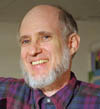
Read More
